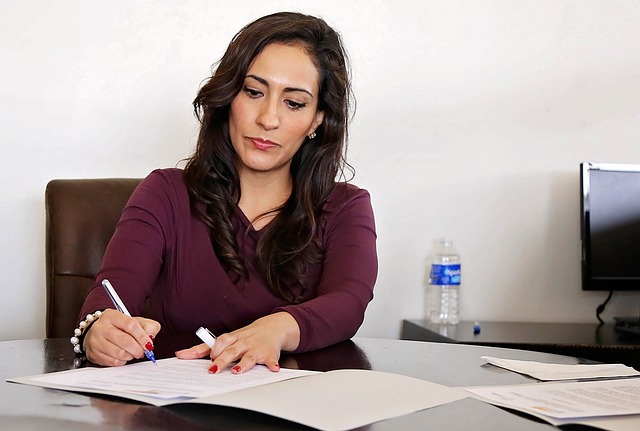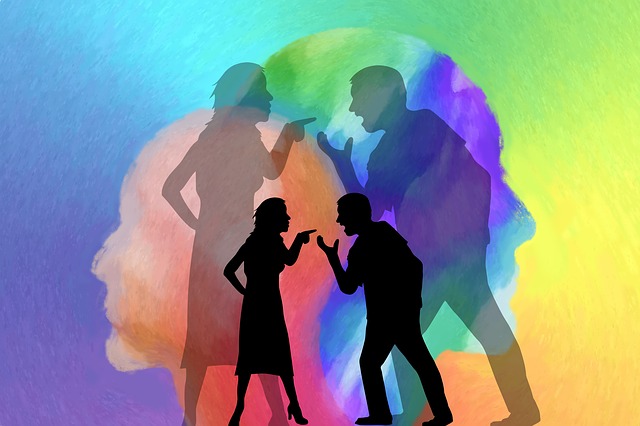Marvin Belzer recently facilitated a guided meditation podcast on paying attention to the present moment as a way of developing mindfulness. Marvin stresses the simplicity of meditation, especially for those who are new to meditation practice. He suggests that the focus for paying attention can be anything that is happening for us at present. The focus can be our breathing, sounds around us, our bodily sensations or emotions that we are experiencing at the time.
Marvin stresses that meditation does not have to be goal oriented or involve an attempt to achieve perfection. Being aware and paying attention to some aspect of our here and now experience brings with it a wide range of benefits, e.g., calmness, clarity, peace and positivity. Diversion from our focus will occur naturally but these distractions can serve to build our awareness muscle , if we consciously return to our focus once we become aware that we have become diverted.
Marvin offers a choice of anchors or meditation focus, consistent with trauma-sensitive mindfulness practice. He also provides a choice in how we meditate (e.g., sitting, lying down or walking) and whether or not we wish to participate with our eyes closed or open.
My experience of Marvin’s guided meditation
At the outset of the meditation, Marvin encourages us to become grounded through a number of deep breaths, including a heavy sigh on our out-breath. This process helps to anchor us in the present, release tension and remind us of our intention in pursuing the meditation practice.
When Marvin offered different foci for the meditation, I chose to focus on an emotion that was present (though somewhat buried). The emotion was unearthed as I started to do a light body scan focusing on points of pain or tension. My attention eventually landed on my right foot and ankle where I had been experiencing numbness and pain. I had come to associate this with post-exertion malaise resulting from the effects of Long Covid.
As I focused on the numbness and pain in my right foot and ankle, I became aware of an associated emotion of disappointment. The net result of the post-exertion malaise is that I am unable to take my walks along the Manly esplanade in Brisbane, practice Tai Chi, or play social tennis (all of which are normally an integral part of my life). As I focused on the emotion I was experiencing, I became aware of a tear forming and dropping on my face. So, even if I had not previously attended to what I was experiencing as a result of the post-exertion malaise, my body was keeping the score
I realise too that my reluctance to engage in any extended mental exertion (such as writing this blog) or gardening), was a result of recent experiences where limited exertion led to a very quick elevation of heart pulse rate and blood pressure, on one occasion resulting in numbness in both legs and difficulty in moving. Since these experiences, I have undertaken extensive research and participated in (and purchased) the 2023 Overcoming Long Haul and Chronic Fatigue Syndrome Summit.
Reflection
Gez Medinger, who presented at the Overcoming Long Haul Summit, suffered from Long Covid himself and has produced over 90 video interview podcasts with experts in the field. His very strong recommendation is that people who suffer from Long Covid should “work out what helps them calm the nervous system down”. He mentioned that acupuncture helped some people, while others have benefited from the Rest, Repair, Recover Programme of yoga teacher Suzy Bolt. Gez interviewed Suzy Bolt as part of his video podcast interviews on Long Covid. Lorrie Rivers, Convenor of the ME/CFS and Long Covid Summit focused on mind/body techniques and mindfulness to aid her own recovery from Long Covid.
The insights I’ve gained to date about recovery from Long Covid encourages me to pursue various mindfulness practices to aid my own recovery. As I grow in mindfulness, I hope to maintain my calmness and acceptance of my condition, while working creatively towards complete recovery. Meditation is one practice that can help me use the power of the present moment to “calm my nervous system” and associated symptoms.
I am constantly reminded of Alexia Chellun’s song:
________________________________
Image by icecube11 from Pixabay
By Ron Passfield – Copyright (Creative Commons license, Attribution–Non Commercial–No Derivatives)
Disclosure: If you purchase a product through this site, I may earn a commission which will help to pay for the site, the associated Meetup group, and the resources to support the blog.



